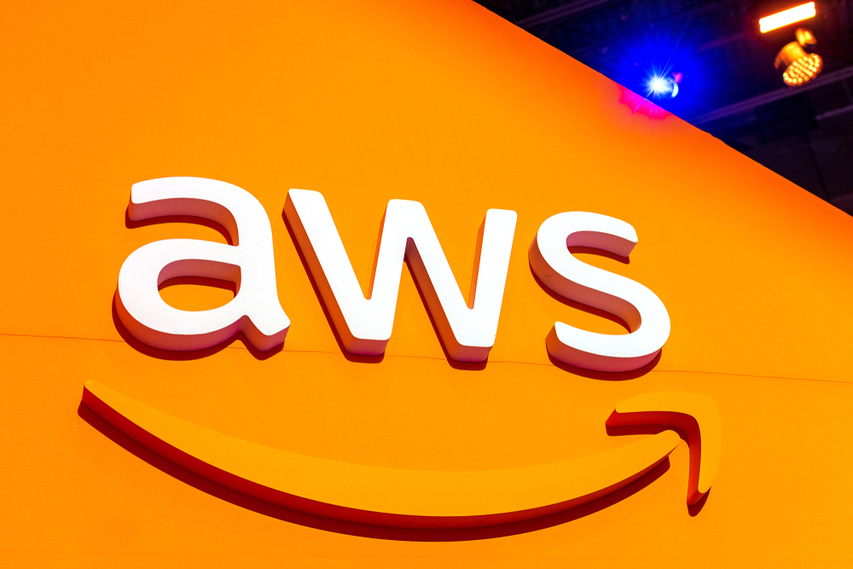
AWS is one of the best cloud providers available in the market. It is currently the most reputable provider in the market. The best thing about AWS is scalable, flexible, affordable, and easy to use.
AWS is providing better security features to its users. You can use various collaboration services for streamlining your business operations. However, privacy and security is the biggest concern when you are working with a cloud provider. In this article, we are going to share some best AWS Security practices.
-
Setup AWS security feature
Amazon is trying their best to maintain and protect its servers from attackers. However, it is also the organization’s responsibility for protecting their data.
AWS includes features like web application firewall and firewall manager. This will ensure that all your data is encrypted. You can use WAF and Firewall manager for blocking unwanted traffic.
You can also use AWS KMS for managing and encrypting your keys.
-
Monitor suspicious activity
You should carefully monitor all the user activities. AWS will help you in monitoring sensitive data, API calls, and failed login attempts. Make sure that you are following security requirements like HIPAA and PCI DSS.
Amazon is providing various services for detecting threats. You can use Amazon Cloudwatch for checking data across different AWS services. AWS CloudTrail will help you in monitoring your API usage and account activity. You should go for an auditing solution if you want to check your dedicated EC2 server.
You can use Amazon Lambda for automating responses and communicating with other third-parties. AWS Guardduty will also help you in monitoring all your AWS accounts.
You can also work with various Data Security Platforms. They will provide you various extra features like audit AWS security changes and states. It will help you in automating threshold alerting, password rotation, and account management. The threshold alerting will help you in responding and detecting the events. This will help you in detecting failed login attempts.
-
Check your S3 buckets
The most common problem that AWS users are facing is Data leakage. This can usually occur due to misconfigured S3 buckets. The main problem with S3 buckets is that they are configured to the public. Most users don’t know about this fact. Thus, you should change your S3 buckets settings. Make sure that the write access is disabled.
-
Mitigate the DDoS attacks
Attackers can use DDoS attacks for attacking your applications. It is important to identify these attacks. This will help you in minimizing the disruption caused by DDoS attacks. Amazon is providing AWS shield service to its users. This service will help you in detecting and mitigating the DDoS attacks. The standard package of this service is free. However, if you want to protect your EC2 server, then you need to pay for this service.
-
Classify sensitive data
You should first classify and discover your important data. Make sure that you know where this sensitive data is stored.
Amazon Macie service will provide you more visibility. Macie will help you in automatically classifying and discovering your data. However, this feature is limited to your AWS S3 buckets only.
If you want to classify other data, then you should go for a better data classification solution. There are many data classification solutions available in the market that will help you in protecting your data.
-
Manage identities
If you want better control and visibility, then you should use SSO or single sign-on. This will ensure that you can control all your AWS resources from a single location. IAM will provide you RBAC that will help you in granting the least privilege to new users.
You can also integrate IAM with MAD or Microsoft Active Directory. There are also many other third-party IAM solutions available in the market. You can use these tools for managing identities on different platforms. If you want to provide protect your AWS resources, then you should use AWS Directory Service with IAM.
-
Multi-Factor Authentication
AWS MFA will help you in protecting your employee’s accounts from users. You can’t protect your users account by just using traditional password and user. If you are using MFA, then first your users need to enter their credentials. After that, they need to enter the OTP which will be sent to their AWS MFA device.
This device can be a smartphone, a laptop, or tablet. You need to install MFA software on this device. Sometimes you can also use a display card or hardware key fob for protecting your accounts. You can use MFA for protecting your API calls and individual users.
-
Scan for vulnerabilities
You don’t need to manually scan for vulnerabilities. AWS inspector will help you in scanning for vulnerabilities. This will ensure that your AWS environment is protected from attackers.
-
Penetration Tests
Amazon will perform penetration tests for protecting their infrastructure. However, if you are using AWS RDS services and AWS EC2, then you also need to perform these tools. You will have access to better security tools for protecting your cloud environment. These tools can be used for performing your own security assessments. However, Amazon has blocked tests like DDoS tests and DNS zone walking. Thus, never try to run these tests on your AWS cloud infrastructure.
Conclusion
AWS is already trying its best to protect your data and applications. However, organizations should also work on protecting their data and applications. These are the best security practices that can help you in protecting your AWS infrastructure. There are many more methods available for protecting your cloud infrastructure. If you don’t have access to an in-house IT security team, then it will become very difficult to implement these security controls. Thus, you should consider working with an MSP. Experienced MSPs like Bleuwire can help you in protecting your cloud infrastructure from attackers. They have access to a large team of security professionals. Bleuwire will help you in implementing the best AWS security controls. Also, they will help you in migrating to the AWS platform. If you need more information regarding IT security services, then you can contact Bleuwire.
Contact us today to learn about Bleuwire™ services and solutions in how we can help your business.





